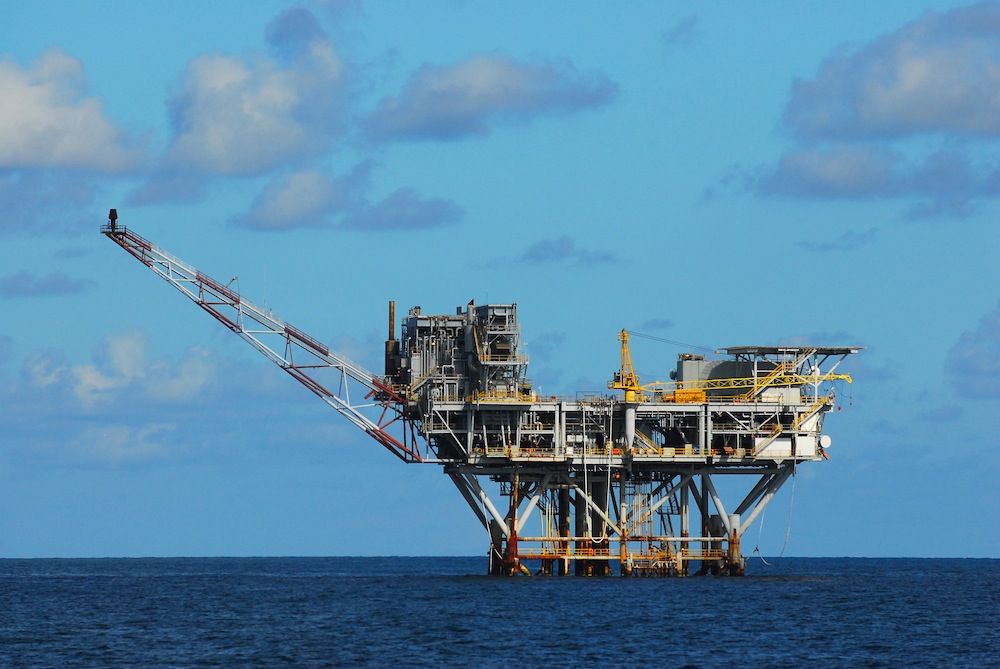
Acid Test: Rising CO2 Levels Killing Ocean Life (Op-Ed)

Matt Huelsenbeck is a marine scientist for the climate and energy campaign at Oceana. This article was adapted from one that first appeared on The Beacon. Huelsenbeck contributed this article to LiveScience’s Expert Voices: Op-Ed & Insights.
The ocean absorbs approximately one-third of all human-caused carbon dioxide emissions at a rate of 300 tons per second, which helps slow global climate change. But, due to that carbon dioxide absorption, the ocean is now 30 percent more acidic than before the Industrial Revolution, and the rate of change in ocean pH, called ocean acidification, is likely unparalleled in Earth’s history.
With today’s levels of atmospheric carbon dioxide so high, the ocean’s help comes at a cost to marine life and the millions of people who depend on healthy oceans .
For the first time in human history, atmospheric carbon dioxide levels have risen above 400 parts per million (ppm) of carbon dioxide at the historic Mauna Loa Observatory in Hawaii. This observatory is where Scripps Institution of Oceanography researcher Charles David Keeling created the “Keeling Curve,” a famous graph showing that atmospheric carbon dioxide concentrations have been increasing rapidly in the atmosphere for decades.
Carbon dioxide levels were around 280 ppm before the Industrial Revolution, when humans began releasing large amounts of the gas into the atmosphere by burning fossil fuels. On May 9, 2013, the reading was an alarming 400.08 ppm for a 24-hour period. This number would be even higher, however, if it were not for the help of the oceans. [Atmospheric Carbon Dioxide Breaks 3-Million-Year Record]
Scientists already see ocean acidification harming marine animals like oysters, mussels and clams as well as coral reefs and floating marine snails called pteropods, dubbed the “potato chips of the sea” because of their significance to marine food webs. In the last decade, ocean acidification killed many oyster larvae at the Whisky Creek oyster hatchery in Oregon, shrunk the shells of pteropods in the Southern Ocean and slowed coral growth on Australia’s Great Barrier Reef.
Society’s use of fossil fuels is putting the world’s marine life through a high-risk chemistry experiment with no fail-safes in place and no way to turn back. Earlier in Earth’s history, changes in ocean conditions that were much slower than today still managed to wipe out 95 percent of marine species . If emissions continue at current rates, our planet is risking a similar mass extinction event, one that could begin within our lifetimes.
Sign up for the Live Science daily newsletter now
Get the world’s most fascinating discoveries delivered straight to your inbox.
These impacts will ripple up to threaten people as well, who are at the top of the ocean food web. In September 2012, an Oceana report entitled “Ocean-Based Food Security Threatened in a High CO2 World” ranked nations based on their vulnerability to reductions in seafood production due to climate change and ocean acidification. Many island nations rely on seafood as one of their main food sources, since it is the cheapest and most readily available source of protein. Threats to seafood especially threaten small-scale fishermen, who simply aren’t capable of following fish into distant waters.
Reducing carbon dioxide emissions is the only way to confront global ocean acidification and the primary means to stop climate change. Oceana is currently working to limit pollution emissions that threaten the ocean by halting the expansion of offshore drilling and supporting clean energy solutions like offshore wind. In the Atlantic Ocean, oil companies are trying to take their first step toward drilling for offshore oil and gas with seismic airgun surveys that would injure dolphins and whales with loud blasts. The more oil they find and the more drilling that occurs, the worse climate change becomes.
The current rate of change in ocean conditions is simply too high for many marine animals to adapt, but to avoid further harm, society needs to create an even faster rate of change in energy supply options. If not, our planet risks losing the diversity and abundance of ocean life that we all depend on.
Huelsenbeck’s most recent Op-Ed is: Offshore Wind Energy: The Coming Sea Change? This article first appeared as What Do Historic CO2 Levels Mean for the Oceans? on the Oceana blog The Beacon. The views expressed are those of the author and do not necessarily reflect the views of the publisher. This article was originally published on LiveScience.com.












